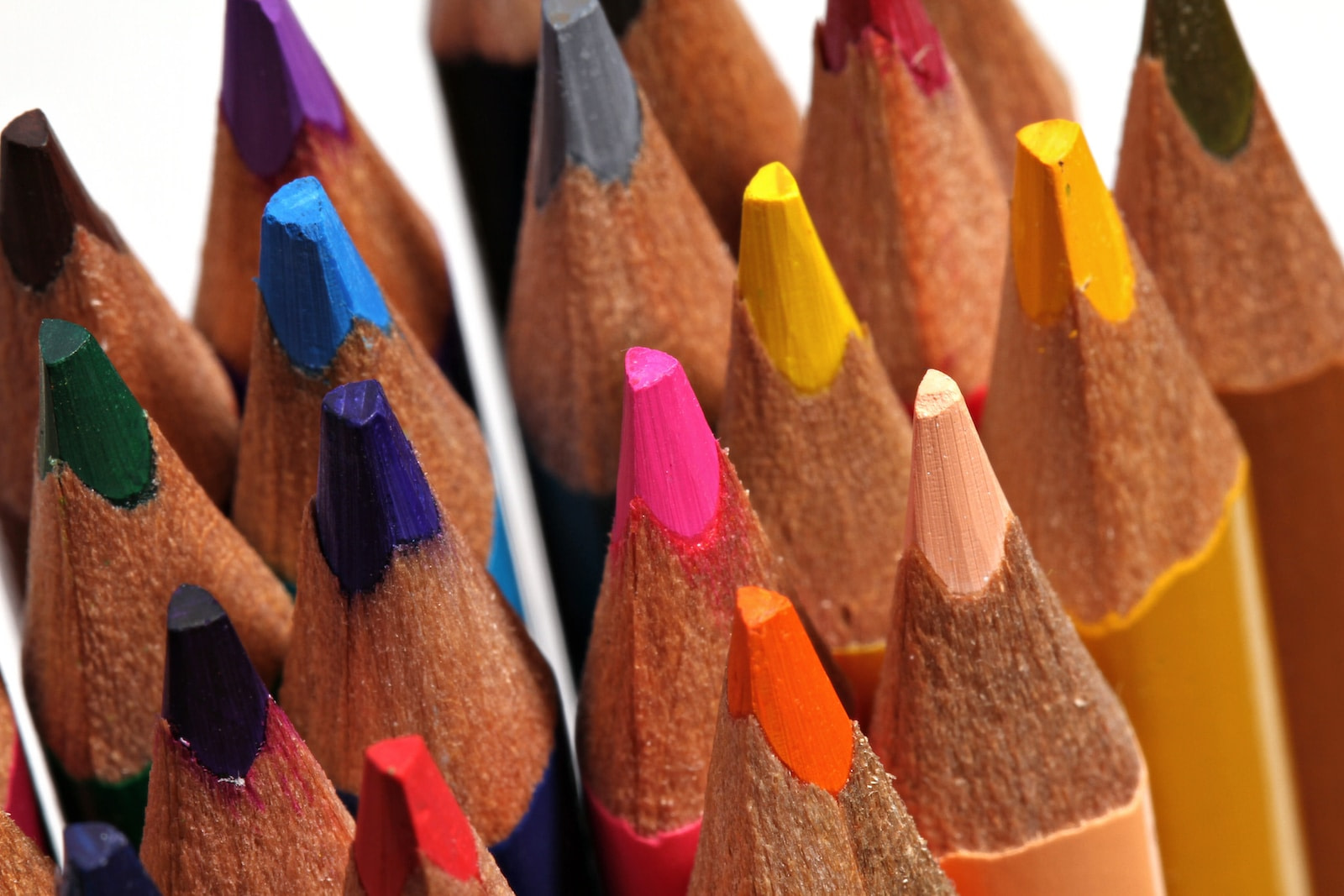When you were a child, you probably had access to crayons or colored pencils and drew pictures showing how you felt about the events of your life. The transition from being an only child to having a new baby brother or sister likely generated a lot of feelings and lots of artwork to express those feelings.
When you were learning how to swim, you drew pictures of the blue water at the lake where your family spent weekends or the swimming pool where you learned how to swim.
Now that you’re grown up, you can still use art in combination with journaling to process your emotions and reduce stress.
Many artists and therapists use visual journals to help them with their work. Whatever your personal goals, see how images can be part of your strategy for moving ahead.
Benefits of Visual Journaling
- Articulate your feelings. When you’re struggling to put your emotions into words, it may be easier to sketch them out. The shapes and colors you choose could help reveal more about how you feel, and releasing the feelings can help you to understand them better.
- Increase your willpower. Each time you update your journal, you remind yourself about the positive changes you are trying to achieve. It’s a simple way to create triggers that reinforce new habits and repeated reminders help to reinforce your desire to improve.
- Manage stress. Protect your mind and body from the effects of chronic stress. A journal soothes you without any extra calories or extravagant expenses. You may even want to carry it with you to the airport, dentist’s office, or just throughout your normal daily activities.
- Stimulate your creativity. Any art project can trigger innovative thinking. You’ll discover solutions to longstanding challenges at home or work while you are sketching or coloring. Focusing on your artwork can free up other parts of your mind for inspiration.
Techniques for Creating Your Visual Journal
- Record your honest feelings. Let whatever you’ve been bottling up come pouring out. Ask yourself how you’re feeling. The answer may surprise you. You don’t have to edit your feelings, either – you don’t have to share your visual journal or even let anyone else see it unless you choose to do so.
- Mark up a book. Find inspiration by searching for prompts in children’s stories or advertising supplements. Alter the pictures or the text, and add your own illustrations. Notice what you are drawn to and how many aspects of the story you find draw you in and “ask” to be explored.
- Doodle a little. Even if your time is limited, you can see what appears spontaneously when you put pen to paper. Your free-form doodling may uncover your subconscious concerns about your health or your family – drawing straight lines can indicate the presence of tension, while curlicues can represent a more light-hearted take on events.
- Assemble a collage. Browse through magazines for pictures or collect various types of items you can use. Paste them together according to your own design – you can even use blank shapes to create multi-layered pieces of art that express your unique viewpoint.
- Dream on. Park your journal on your nightstand before you go to bed. You may be able to capture a snapshot of your dreams while your memory is fresh. Make sure you have a pen or pencil that writes smoothly and feels good in your hand – give yourself the gift of a beautiful writing implement and gorgeous, smooth paper to write on.
- Add text. Maybe you want your journal to combine words and images. Invent captions or drop in some favorite quotes. Turn your adventures with dieting or dating into a graphic novel, adding characters and events to explain your thoughts and feelings more completely.
- Note the date. Try keeping track of the day and time that you update your journal. An ongoing log will help you to see changes or patterns that develop over time. After a few days or weeks, you can hone in on what time of the day is most productive for you. You may also notice how your mood or energy levels shift from morning to night.
Techniques for Using Your Visual Journal
- Keep it private. You may decide that you want to keep your journal for your eyes only. Knowing that you’re the only person who will see it could help you to feel free to experiment and divulge your innermost thoughts.
- Browse online. There are many websites and forums devoted to visual journaling and art therapy. Look at samples on Pinterest. Participate in a community and exchange support and ideas with other visual artists.
- Collaborate with a friend. If you tell your friends and family about your journal, they may be interested in joining you. You could discuss each other’s work. You could also suggest themes or materials that you could both work on together. It’s completely up to YOU.
- Show it to your therapist. If you’re already seeing a counselor or plan to start therapy, you may want to incorporate your journal into your sessions. Mention your projects to your therapist and follow their recommendations. Share what you are comfortable sharing, and if the idea of sharing your artwork makes you uncomfortable, delve into that with your therapist and try to figure out why.
Creative expression is good for your health and well-being. You can lift your spirits and clarify your thinking by keeping a visual journal.






